Looking to make your garden more survival-ready? These native plants are essential for any American prepper.
Native plants thrive in local conditions and require minimal care, making them perfect for a self-sufficient lifestyle. From food and medicine to other vital resources, these plants offer everything you need to be prepared.
We chose these specific plants based on their versatility, ease of growth, and usefulness in emergency situations. Including them in your garden ensures a sustainable, reliable supply when it matters most.
1. Common Milkweed
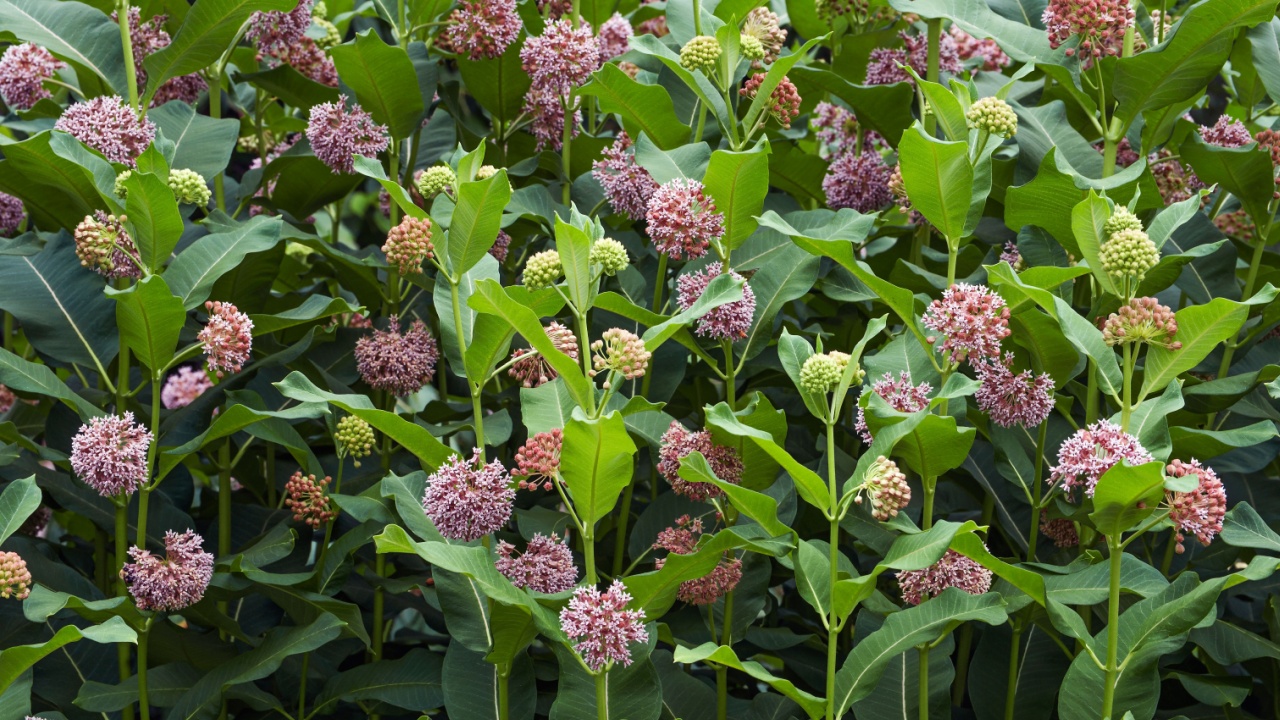
Common Milkweed is a versatile plant that attracts beneficial insects like butterflies and bees. Its young leaves, flowers, and seed pods are edible, and the plant’s fibers can be used to make cordage. Native to most of the United States, milkweed is a must-have for any prepper’s garden.
2. Wild Ginger
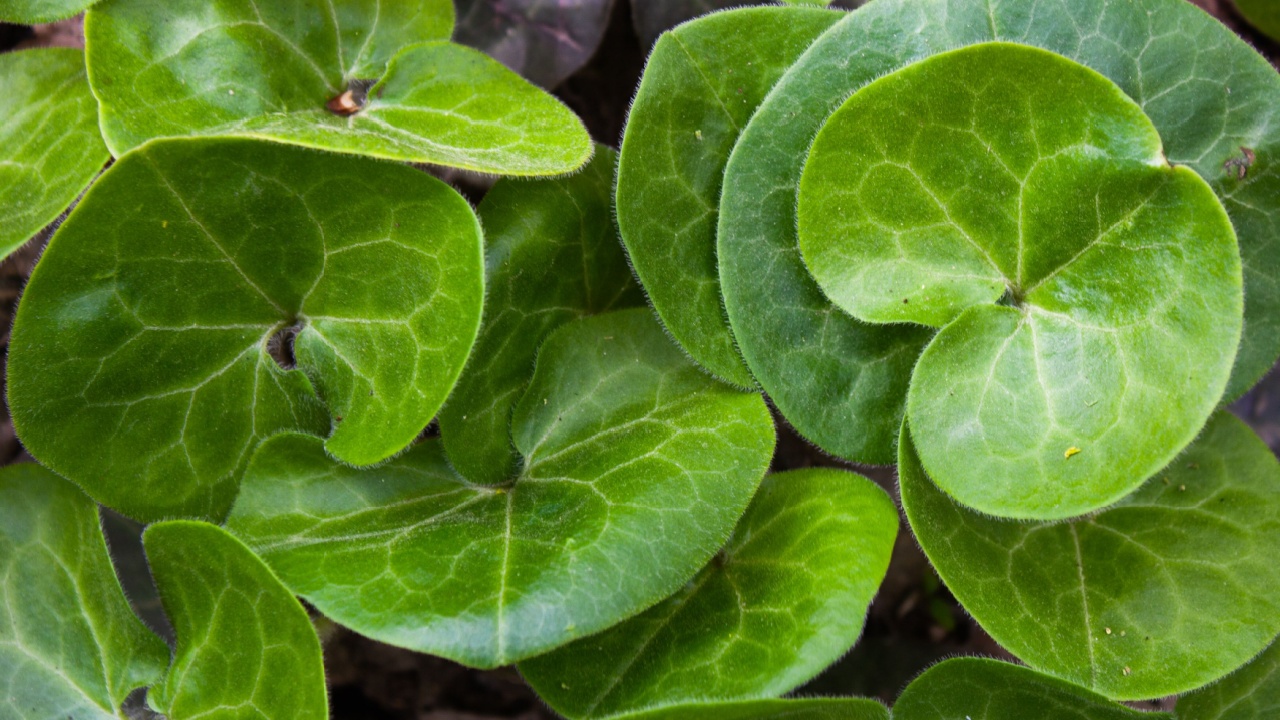
Wild Ginger is a low-growing herb with heart-shaped leaves and a spicy, ginger-like flavor. Its roots can be used as a seasoning or medicine, and the plant is native to the eastern United States.
3. American Pawpaw
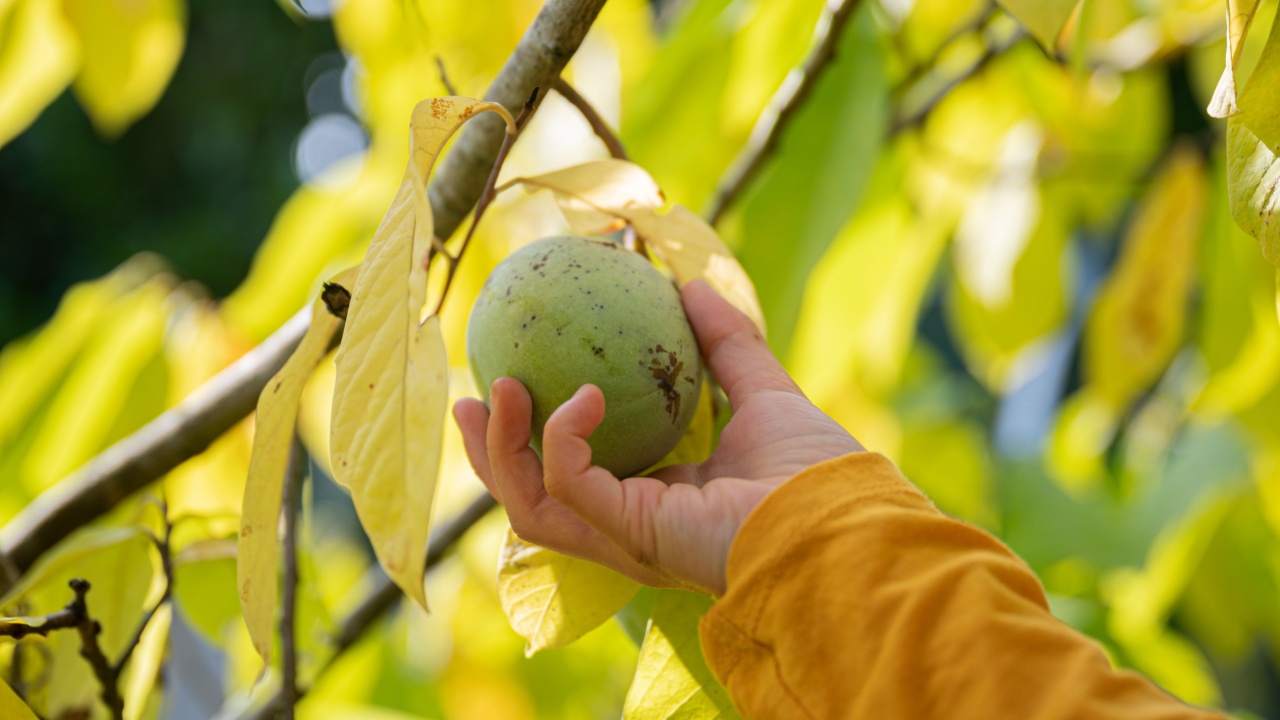
The American Pawpaw is a small tree that produces nutritious, custard-like fruits. Its leaves and bark have medicinal properties, and the tree is easy to grow in the eastern United States, where it is native.
4. Cattail
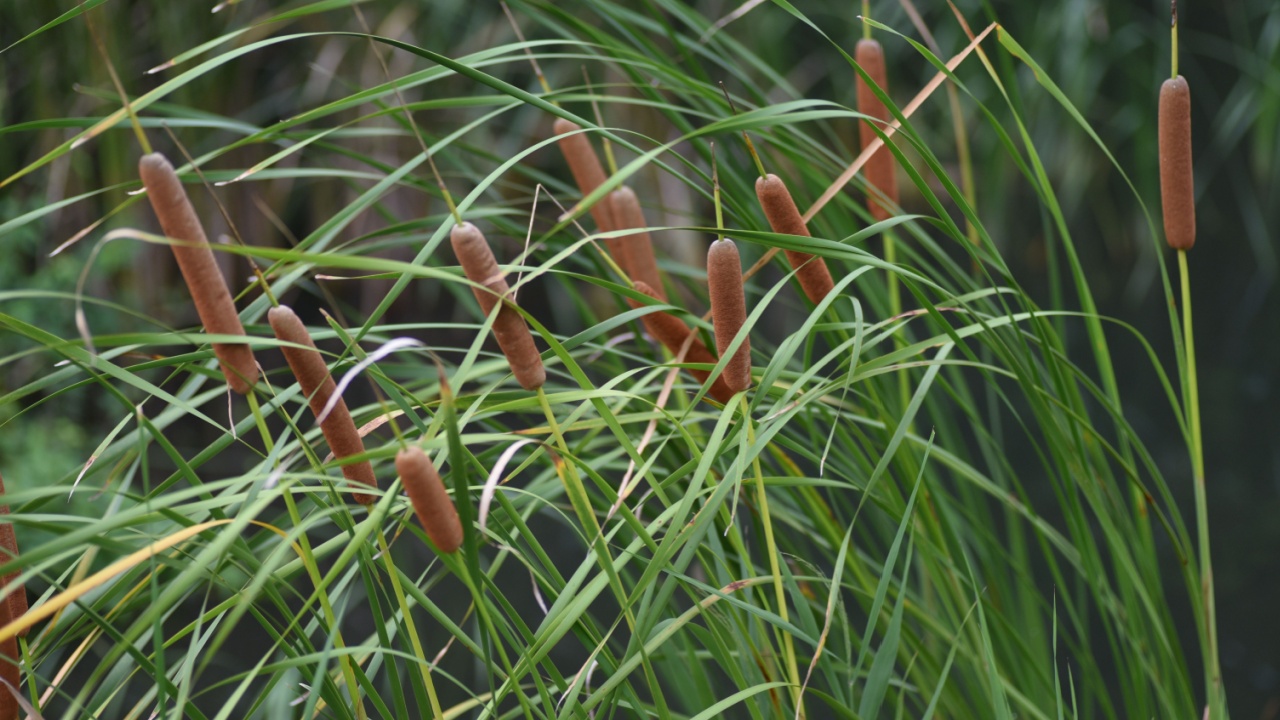
Cattails are a versatile wetland plant that can provide food, shelter, and raw materials. The roots, shoots, and pollen are all edible, and the leaves can be used to make mats, baskets, and cordage. Cattails are native to most of North America.
5. Wild Bergamot
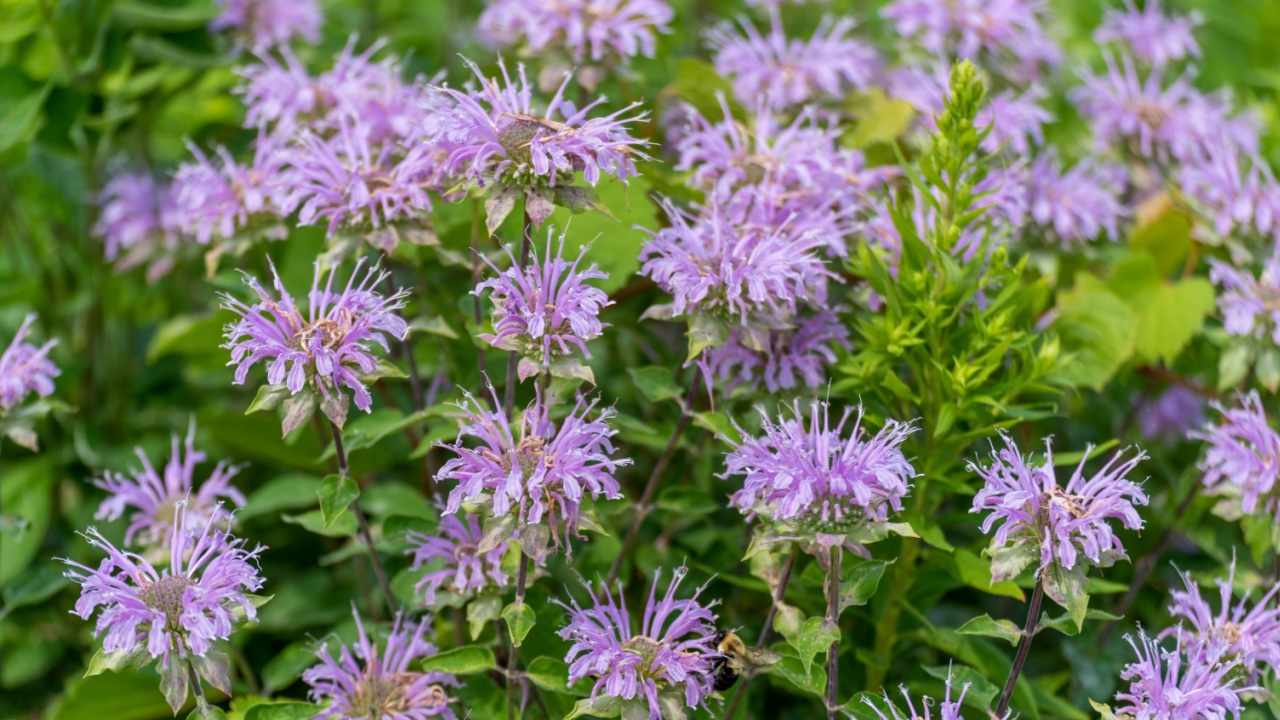
Wild Bergamot, also known as Bee Balm, is a fragrant herb that attracts pollinators and has medicinal properties. Its leaves can be used to make tea, and the plant is native to most of the United States.
6. Ostrich Fern
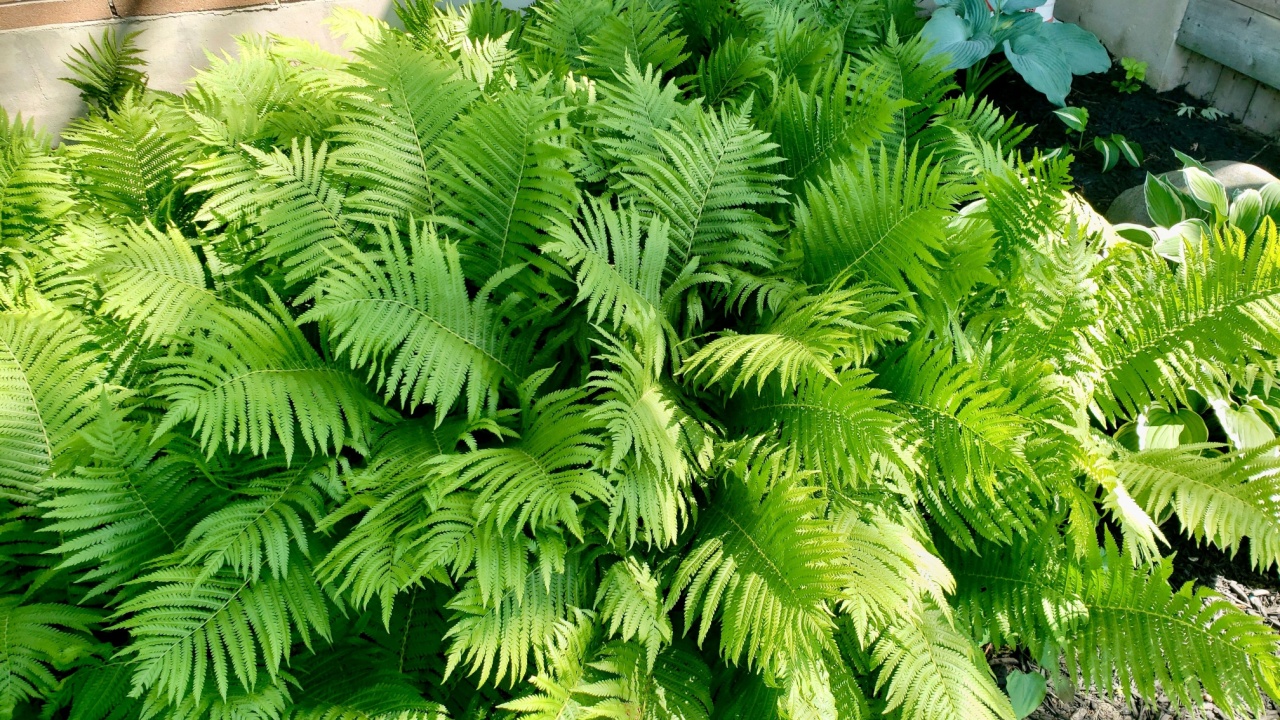
Ostrich Fern is a large, hardy fern that produces edible fiddleheads in the spring. Its fronds can be used as a natural mulch, and the plant is native to the northeastern United States and parts of the Midwest.
7. American Persimmon
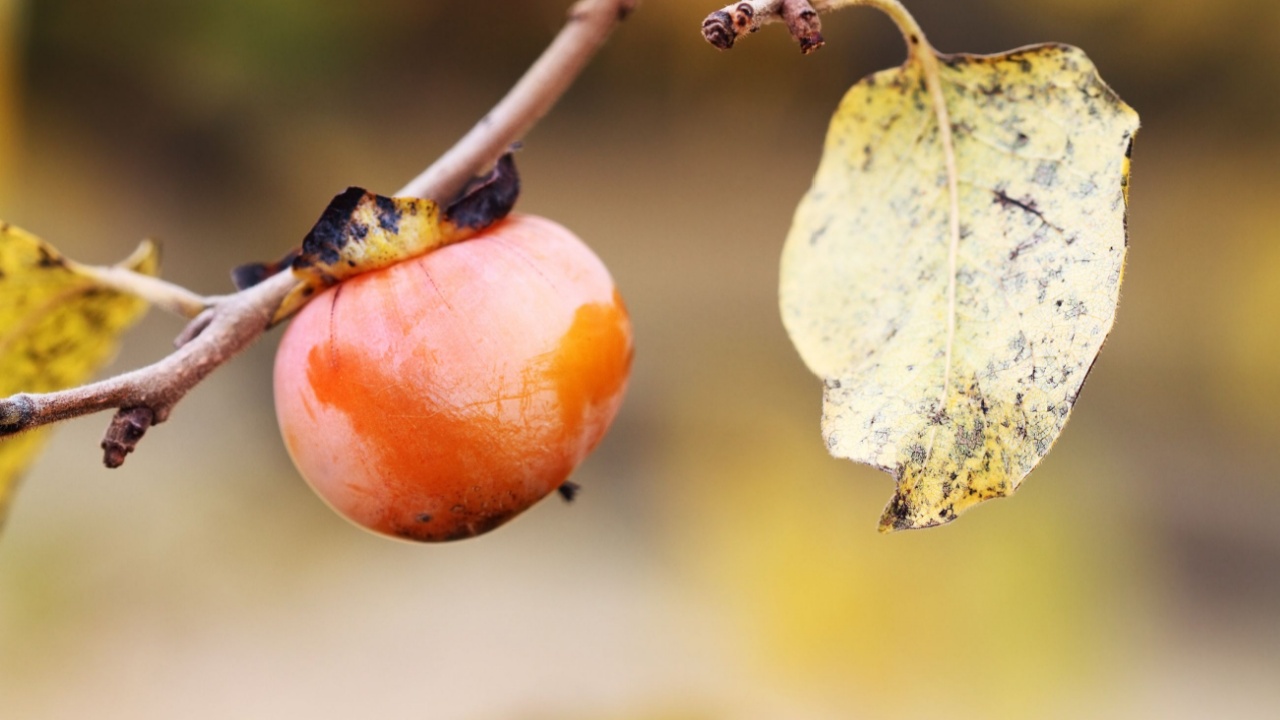
The American Persimmon is a small tree that produces sweet, nutrient-rich fruits in the fall. Its wood is dense and can be used for making tools and utensils. This tree is native to the eastern United States.
8. Chokecherry
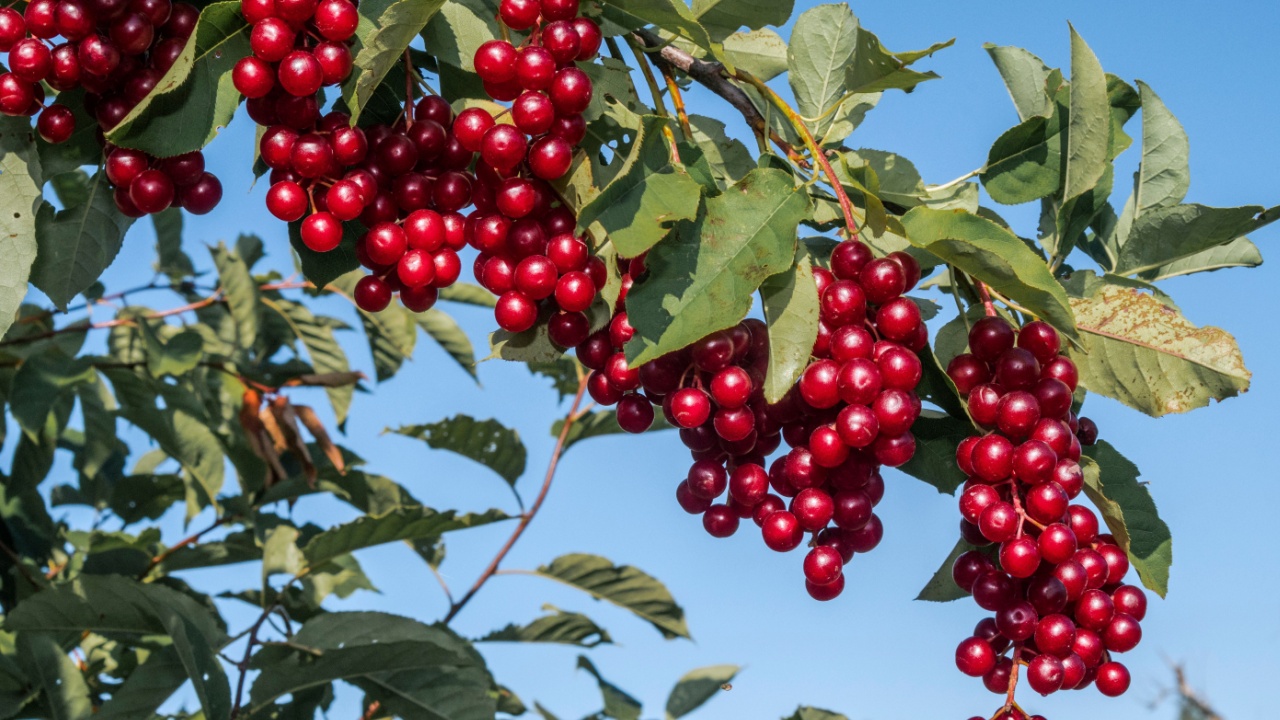
Chokecherry is a large shrub or small tree that produces tart, edible berries. Its bark and leaves have medicinal properties, and the plant is native to most of the United States.
9. Black-Eyed Susan
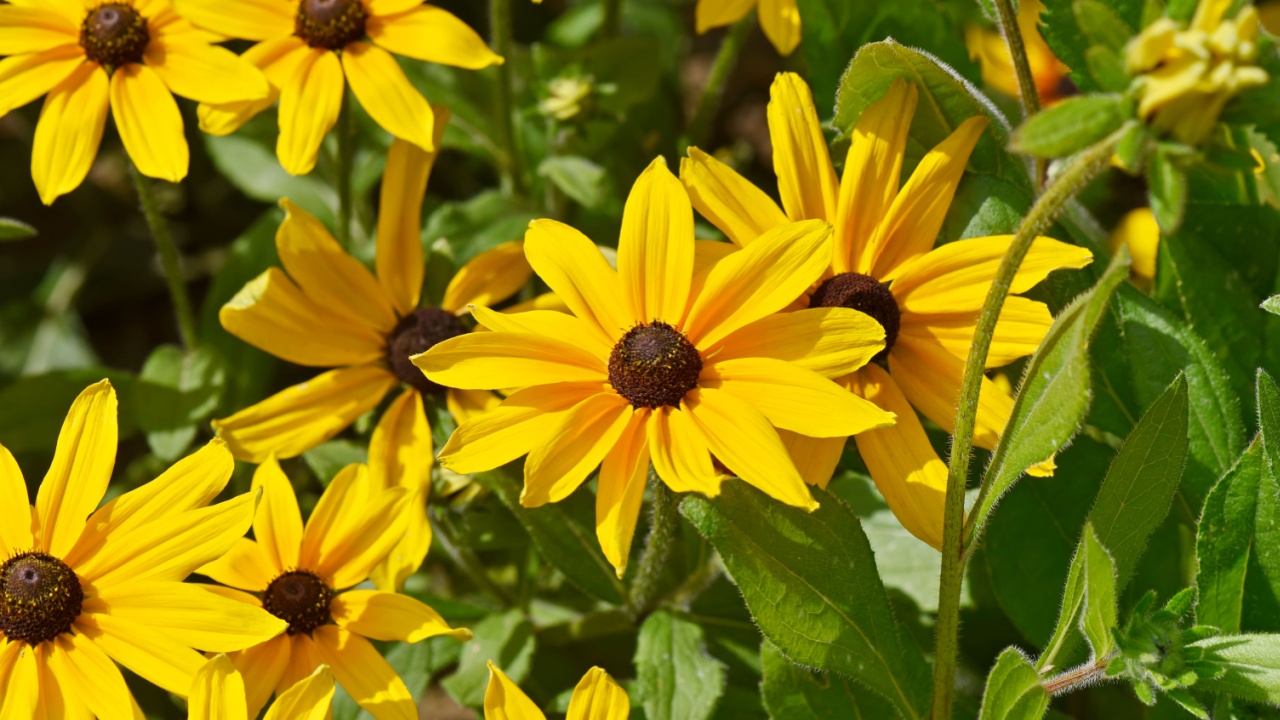
Black-Eyed Susan is a beautiful, low-maintenance flower that blooms throughout the summer. Its seeds are edible and can be used to make tea, while the flowers attract pollinators to your garden. This plant is native to the eastern United States.
10. Serviceberry
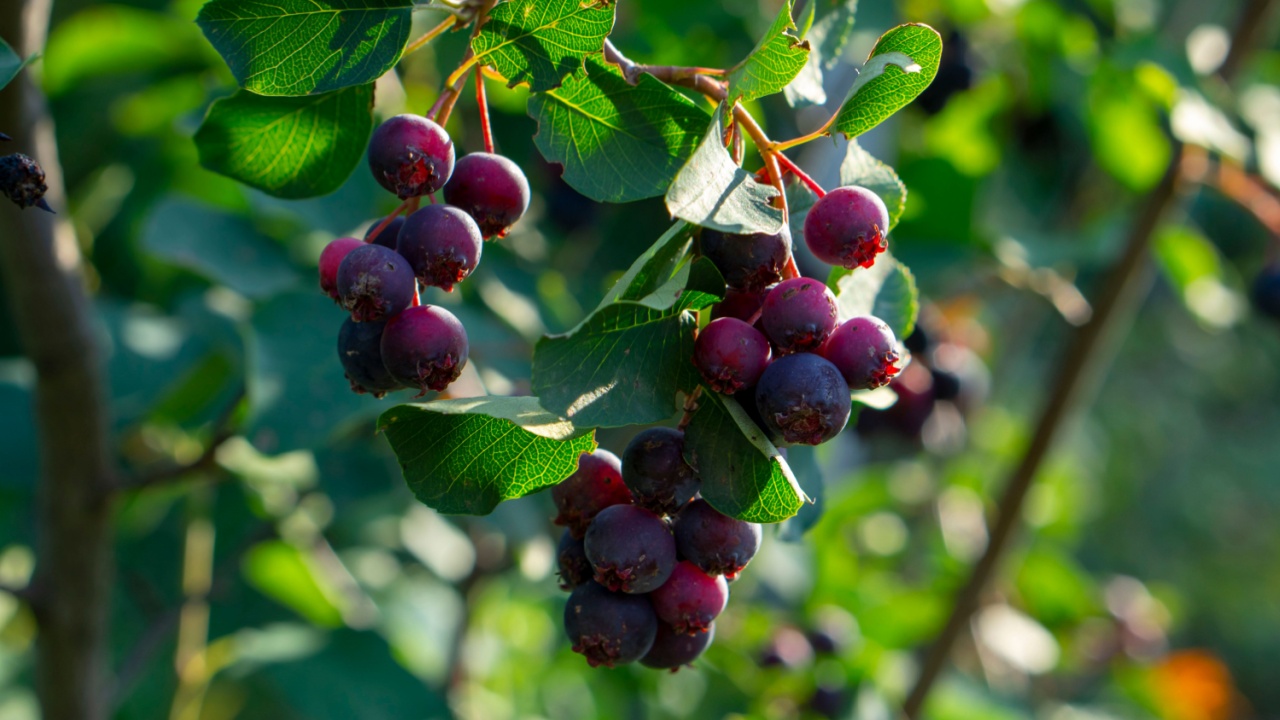
Serviceberry, also known as Juneberry, is a small tree or large shrub that produces edible berries in the summer. Its wood is hard and can be used for making tools, while the plant is native to most of North America.
11. American Elderberry
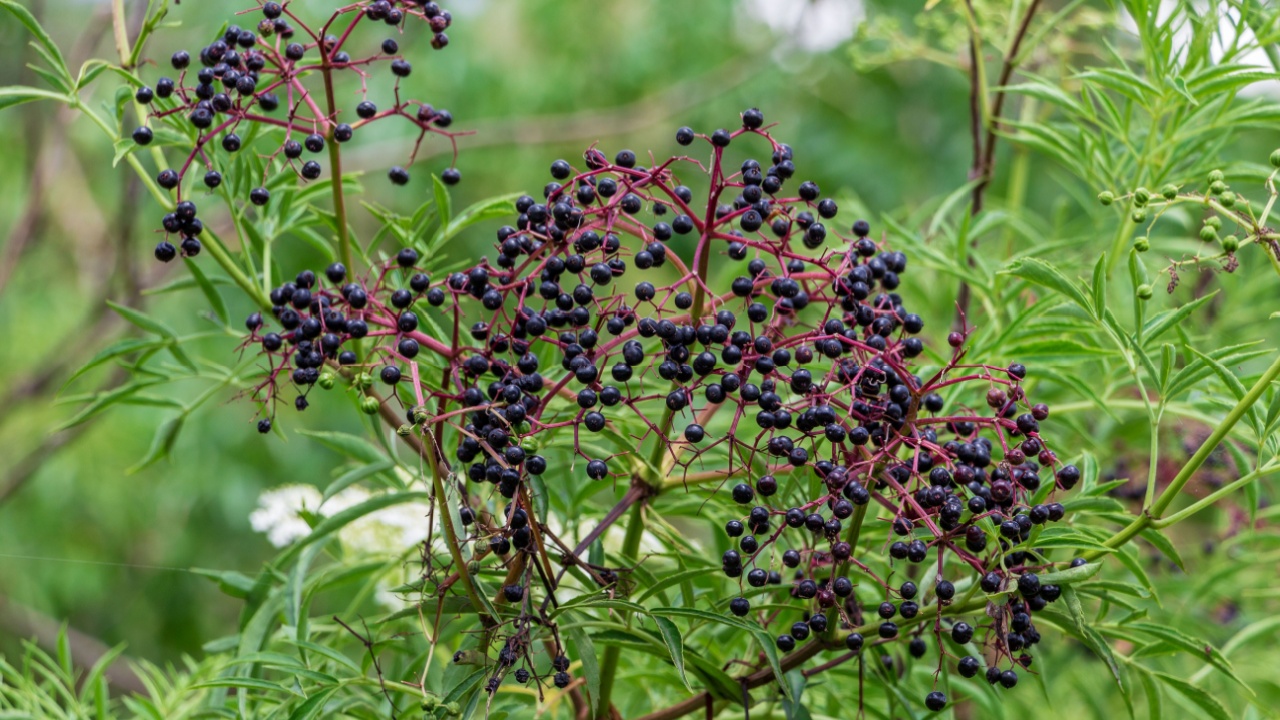
American Elderberry is a large shrub that produces clusters of edible berries, which can be used to make jams, syrups, and medicinal remedies. The plant is native to most of the United States and parts of Canada.
12. Wild Strawberry
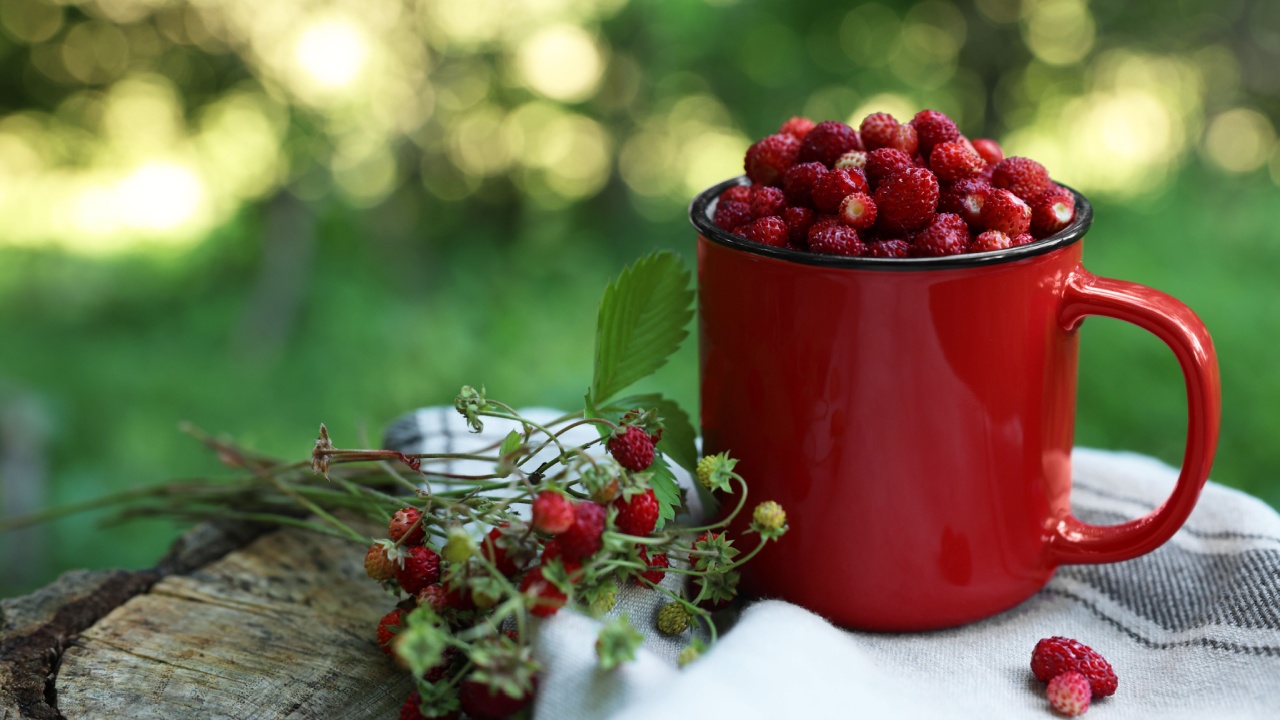
Wild Strawberry is a low-growing plant that produces small, flavorful berries. Its leaves can be used to make tea, and the plant is native to most of North America.
13. Arrowhead

Arrowhead, also known as Duck Potato, is an aquatic plant with edible tubers that can be cooked like potatoes. Its leaves and seeds are also edible, and the plant is native to most of the United States.
14. American Groundnut
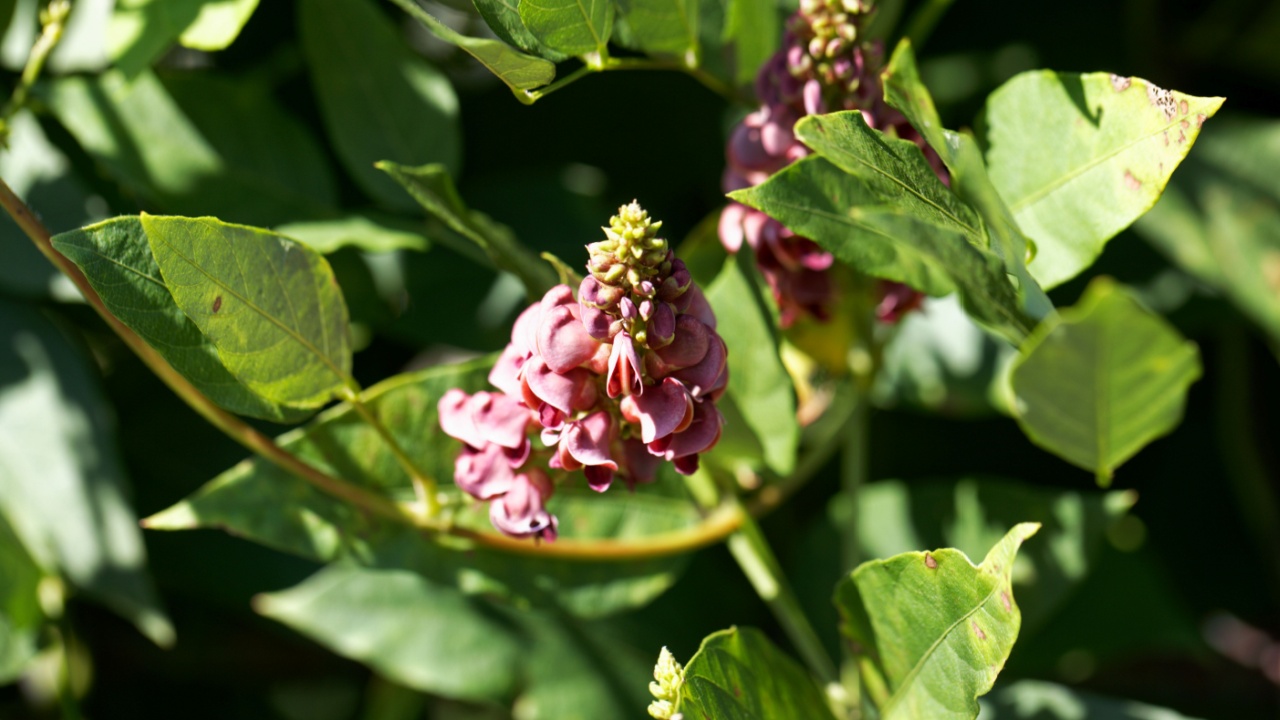
American Groundnut is a climbing vine that produces edible tubers and beans. Its flowers attract pollinators, and the plant is native to the eastern United States.
15. Spicebush
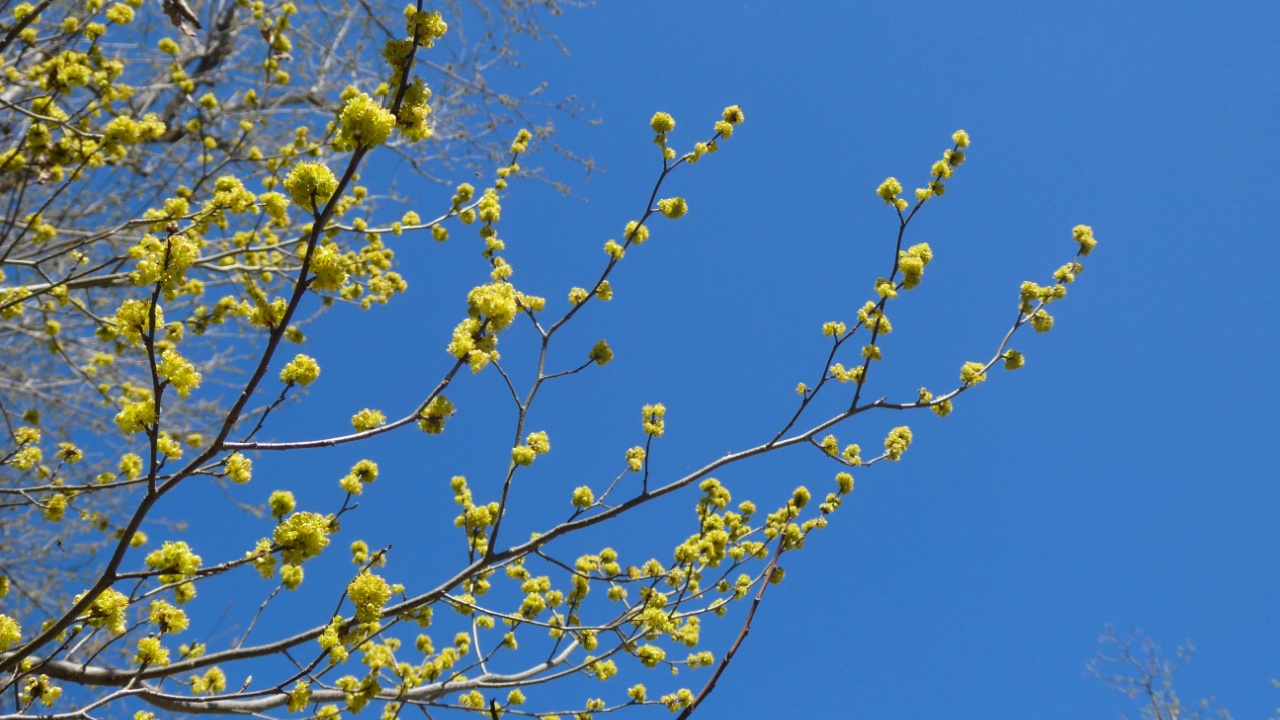
Spicebush is a large shrub that produces aromatic leaves and berries, which can be used as a spice or tea. Its twigs and bark have medicinal properties, and the plant is native to the eastern United States.
16. Wild Leeks (Ramps)
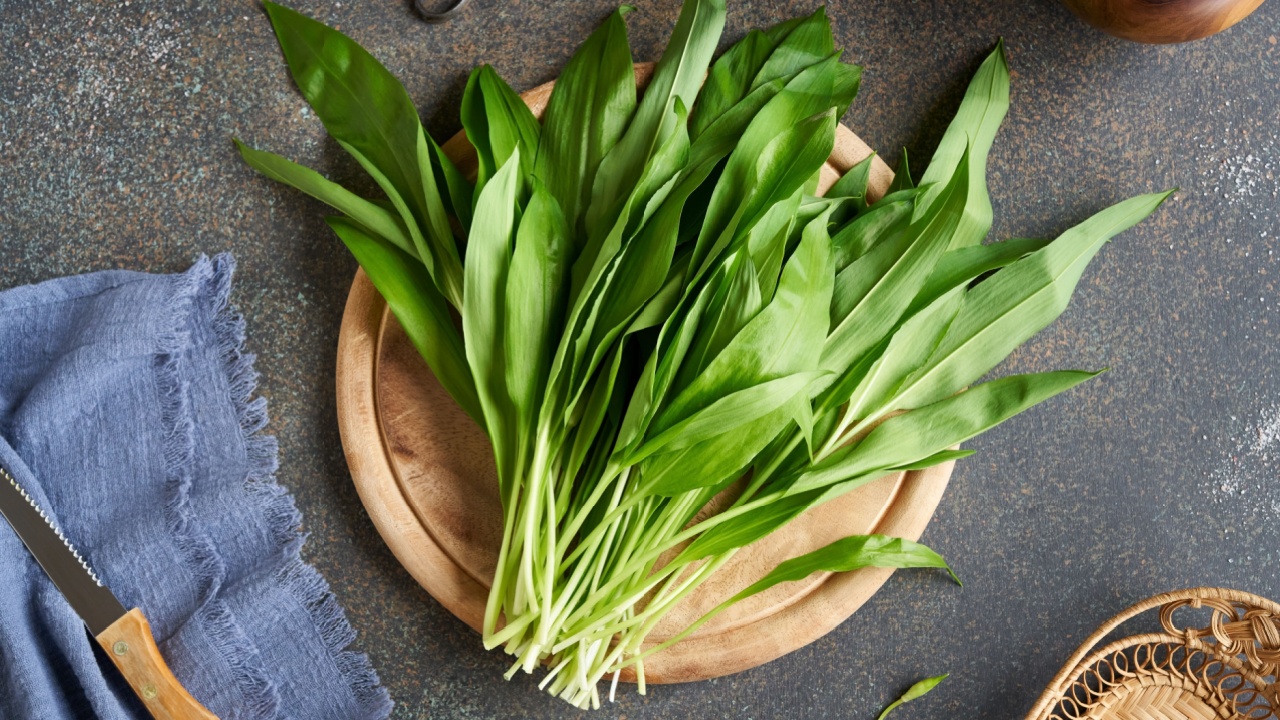
Wild Leeks, also known as Ramps, are a type of wild onion with a strong, garlic-like flavor. Their leaves and bulbs are edible and can be used in various dishes. Ramps are native to the eastern United States and are often foraged in the spring.
17. Wild Blueberries
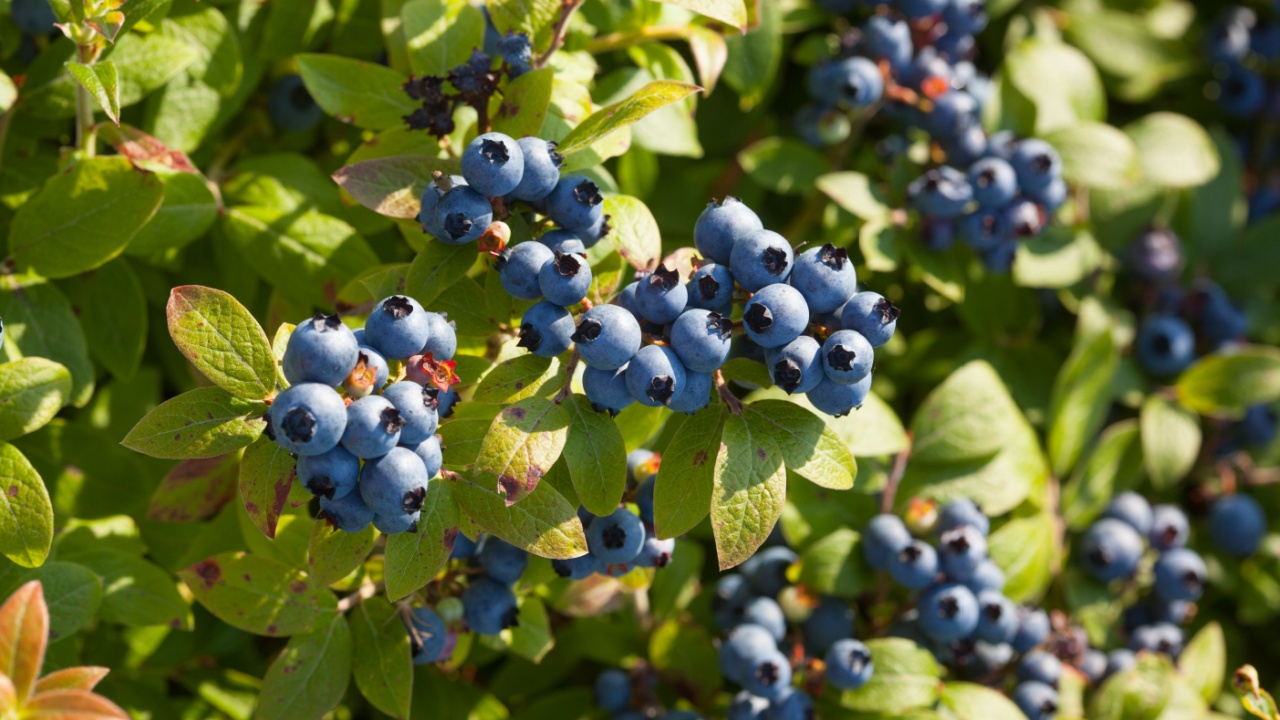
Wild Blueberries are smaller and more flavorful than their cultivated counterparts. They are packed with antioxidants and can be eaten fresh or used in baked goods and preserves. Wild Blueberries are native to North America, particularly the northeastern United States and Canada.
18. Prickly Pear Cactus
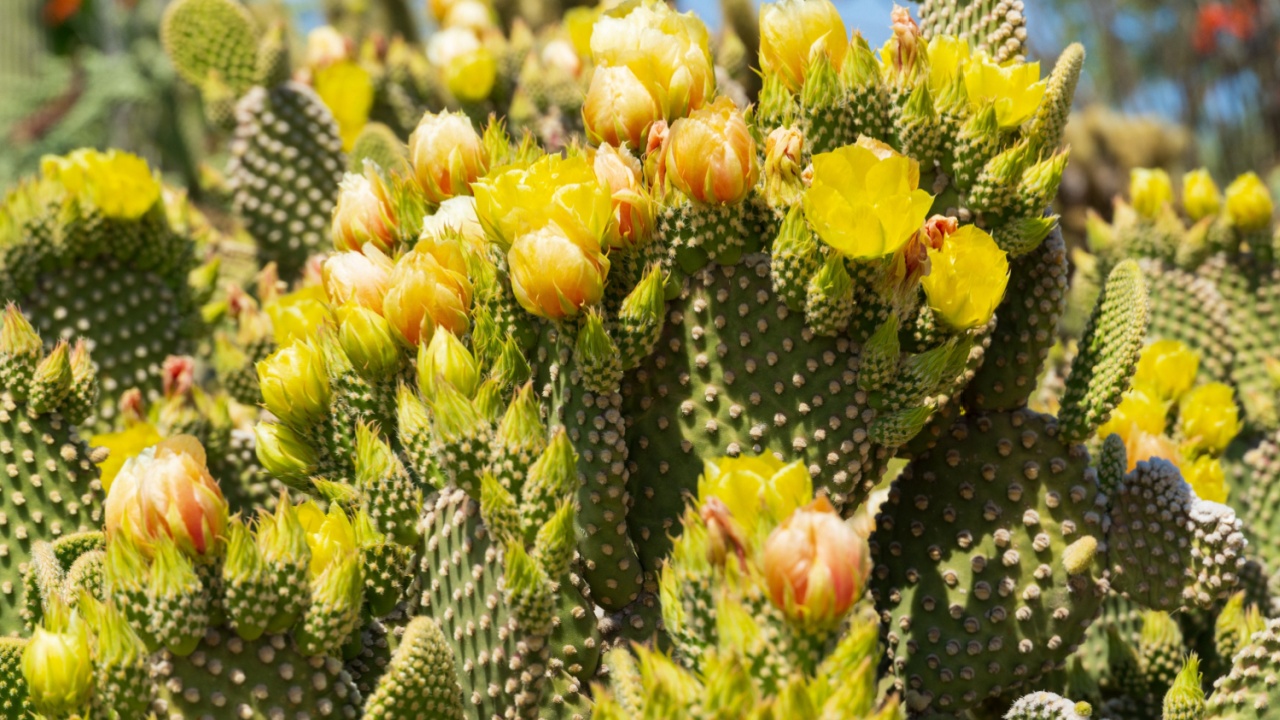
Prickly Pear Cactus is a desert plant that produces edible pads (nopales) and fruits (tunas). The pads can be eaten raw or cooked, while the fruits are sweet and can be used in jams and syrups. Prickly Pear Cactus is native to the southwestern United States and Mexico.
19. American Cranberry
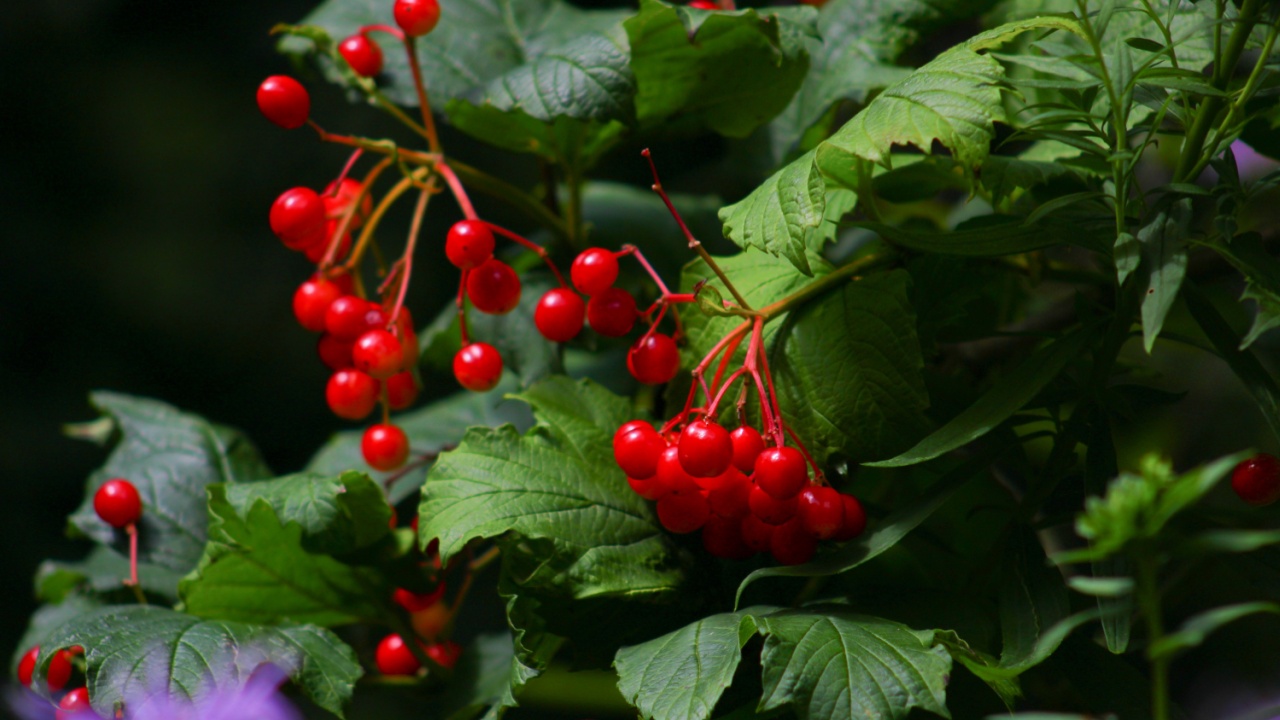
American Cranberry is a low-growing, evergreen shrub that produces tart, red berries. The berries are high in vitamin C and can be used in sauces, jellies, and baked goods. American Cranberry is native to the northeastern United States and parts of Canada.
14 Essential Canned Goods for Your Emergency Pantry
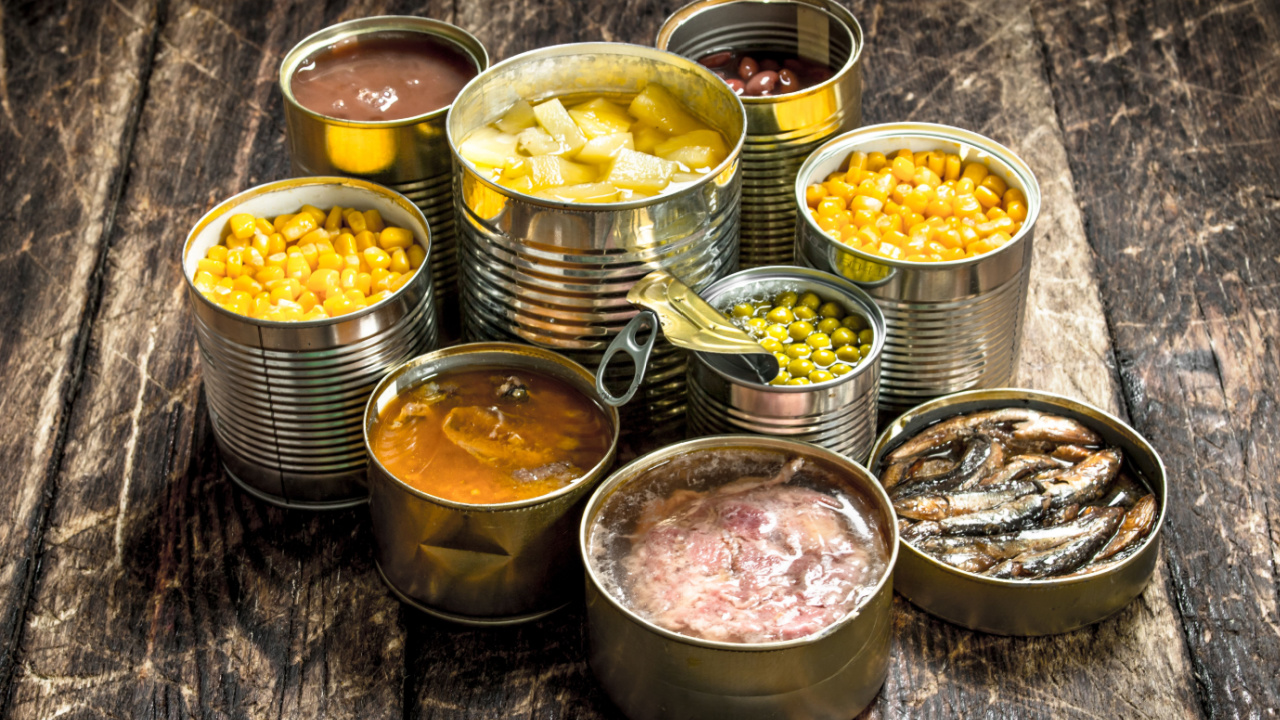
I firmly believe in keeping a well-stocked emergency pantry. While fresh food is ideal, in a survival situation, we may not be that lucky. So, for my family, even though we grow a lot of our own food, canned goods play a crucial role in emergency preparedness. They offer a reliable source of nutrition when access to fresh produce may be limited. The goods you stockpile should be affordable, easy to store, and full of nutrition.
25 Winter Foraging Foods to Save Money on Your Grocery Bill
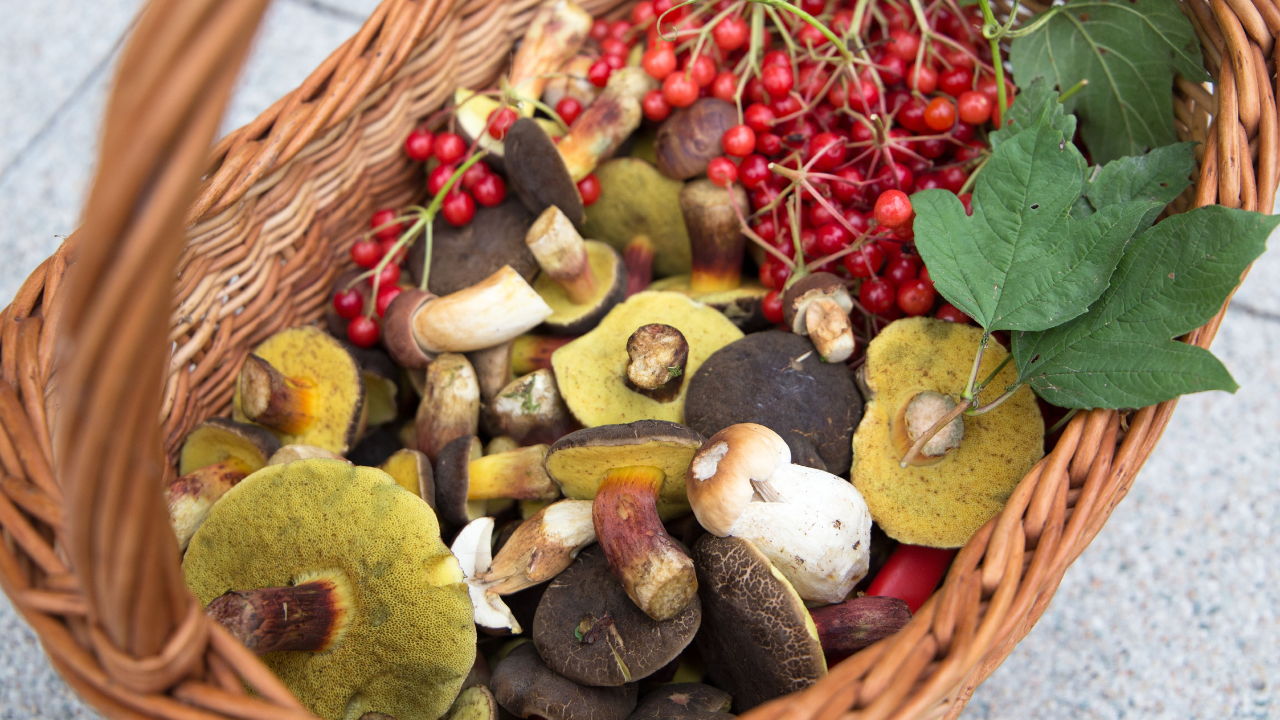
With food prices going up by 15% from October 2021 to October 2023, finding ways to cut down your grocery bills is more important than ever. Winter foraging is an awesome way to add to your pantry for free. Yes, you get free food in the form of wild edibles, but it’s also fun for the whole family, gets you moving, and reconnects you with nature.
Even though foraging in winter seems hard compared to the bounty of late summer, there’s still plenty out there if you know where to look. Plus, if things do go south, you need to know how to get wild foods to survive when there are no old-world supplies to access.
23 Smart Ways to Preserve Food
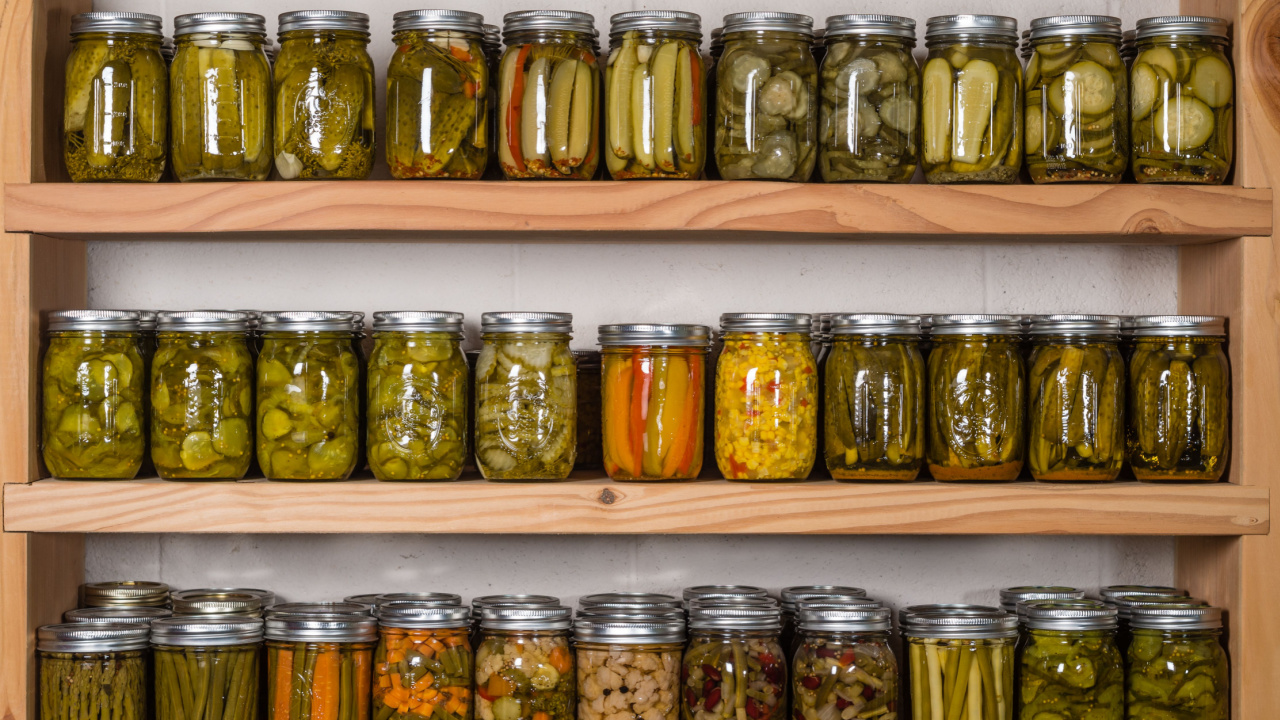
Preserving food is an art as much as it is a science, tapping into our ancestral roots and addressing modern needs. Whether you’re looking to avoid waste, prepare for leaner times, or simply enjoy the fruits of your labor year-round, these 23 smart methods will guide you through. I’m a huge fan of preserving things I find on sale, gluts of produce from my homestead, or produce I’ve bartered with someone else.

